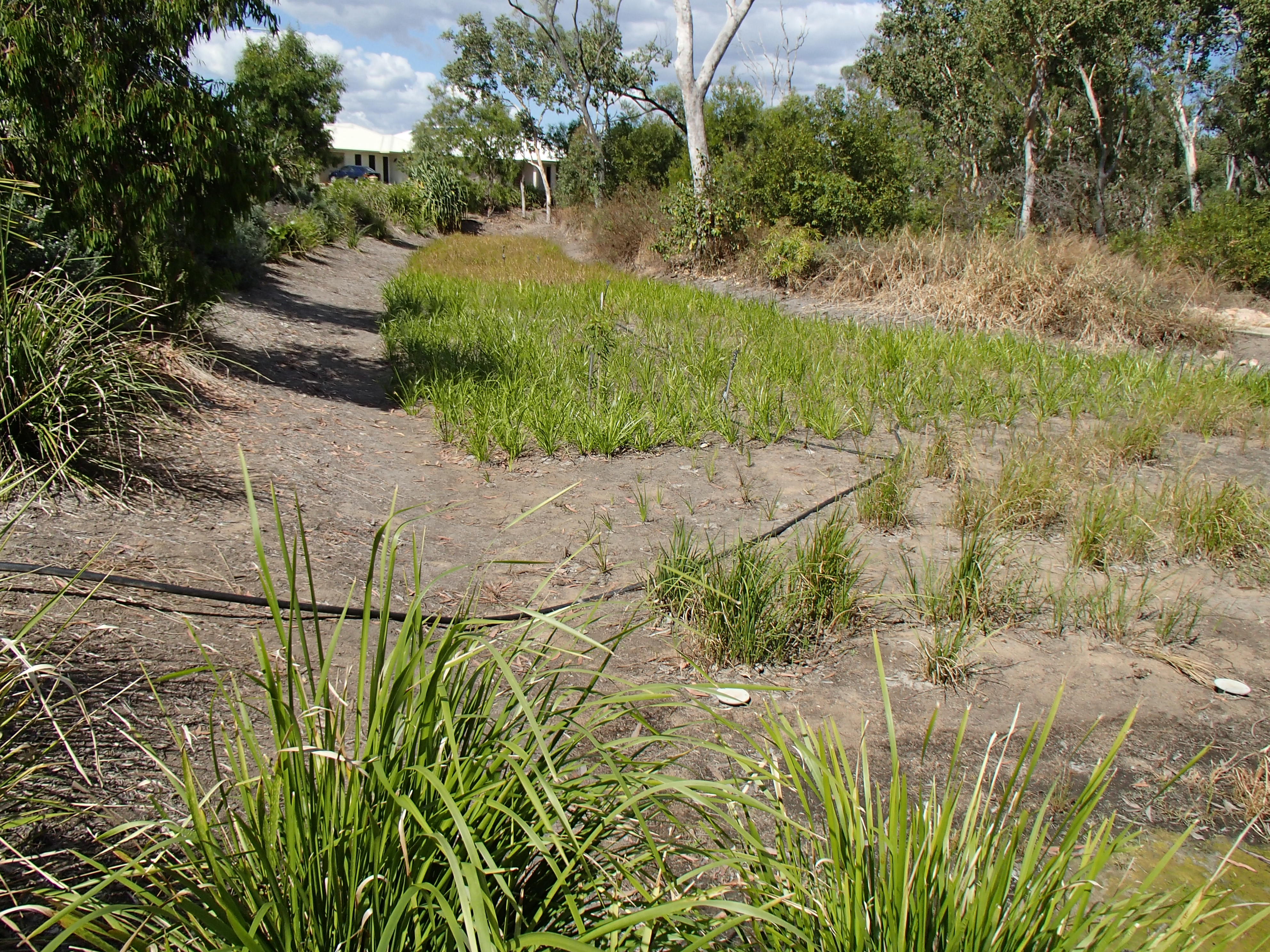|
|
Stormwater managementManaging excess or concentrated stormwater runoff from urban and peri-urban catchments can be an important management opportunity. There are several terms to describe these activities, including Integrated Stormwater Management (ISWM) or Water Sensitive Urban Design (WSUD). Urban stormwater runoff can be more than 10 times pre-development volumes and can have significant geomorphic impacts[2]. Intervention approaches include stormwater control measures such as constructed wetlands, raingardens and stormwater tanks. ISWM/WSUD involves maximising the retention or detention of stormwater and releasing it more slowly and in less concentrated flows. There are many different techniques, often used in combination, and their placement will be highly influenced by the available space, both above and below ground. These systems can manage water volumes, treat water quality and provide amenity (see Treatment systems). Potential benefits from this intervention:
Potential negative implications from this intervention:
Intervention considerations:
Further information on Water Sensitive Urban design can be found here. Additional informationPublications: Hawley, R. J. and Vietz, G. J. 2016. Addressing the urban stream disturbance regime, Freshwater Science 35(1):278-292. Vietz, G.J., M.J. Sammonds, C.J. Walsh, T.D. Fletcher, I.D. Rutherfurd, and M.J. Stewardson. 2014. Ecologically relevant geomorphic attributes of streams are impaired by even low levels of watershed effective imperviousness. Geomorphology, 206:67-78. Walsh, C. J., Booth, D. B., Burns, M. J., Fletcher, T. D., Hale, R. L., Hoang, L. N., Livingston, G., Rippy, M. A., Roy, A. H., Scoggins, M., Wallace, A. 2016. Principles for urban stormwater management to protect stream ecosystems. Freshwater Science, 35(1):398-411. Links: Treatment systems for urban stormwater Queensland Urban Drainage Manual (QUDM) (Institute of Public Works Engineering Australasia): This manual (QUDM) assists engineers and stormwater designers in the planning, design and management of urban stormwater drainage systems. Note this is a paid publication and it is likely your specialist would have access to the required information. Queensland Water Quality Guidelines 2009 (Department of Environment and Heritage Protection): This guideline provides values tailored to Queensland streams and regions and provides a framework for applying more locally specific guidelines. Water by Design (Healthy Land & Water): This resource provides guidance on Total Water Cycle Management and Water Sensitive Urban Design in separate documents. References
Last updated: 22 June 2022 This page should be cited as: Department of Environment, Science and Innovation, Queensland (2022) Stormwater management, WetlandInfo website, accessed 8 May 2025. Available at: https://wetlandinfo.des.qld.gov.au/wetlands/management/rehabilitation/rehab-process/step-4/intervention-options/iswm-wsud-mod.html |

 — Department of the Environment, Tourism, Science and Innovation
— Department of the Environment, Tourism, Science and Innovation


